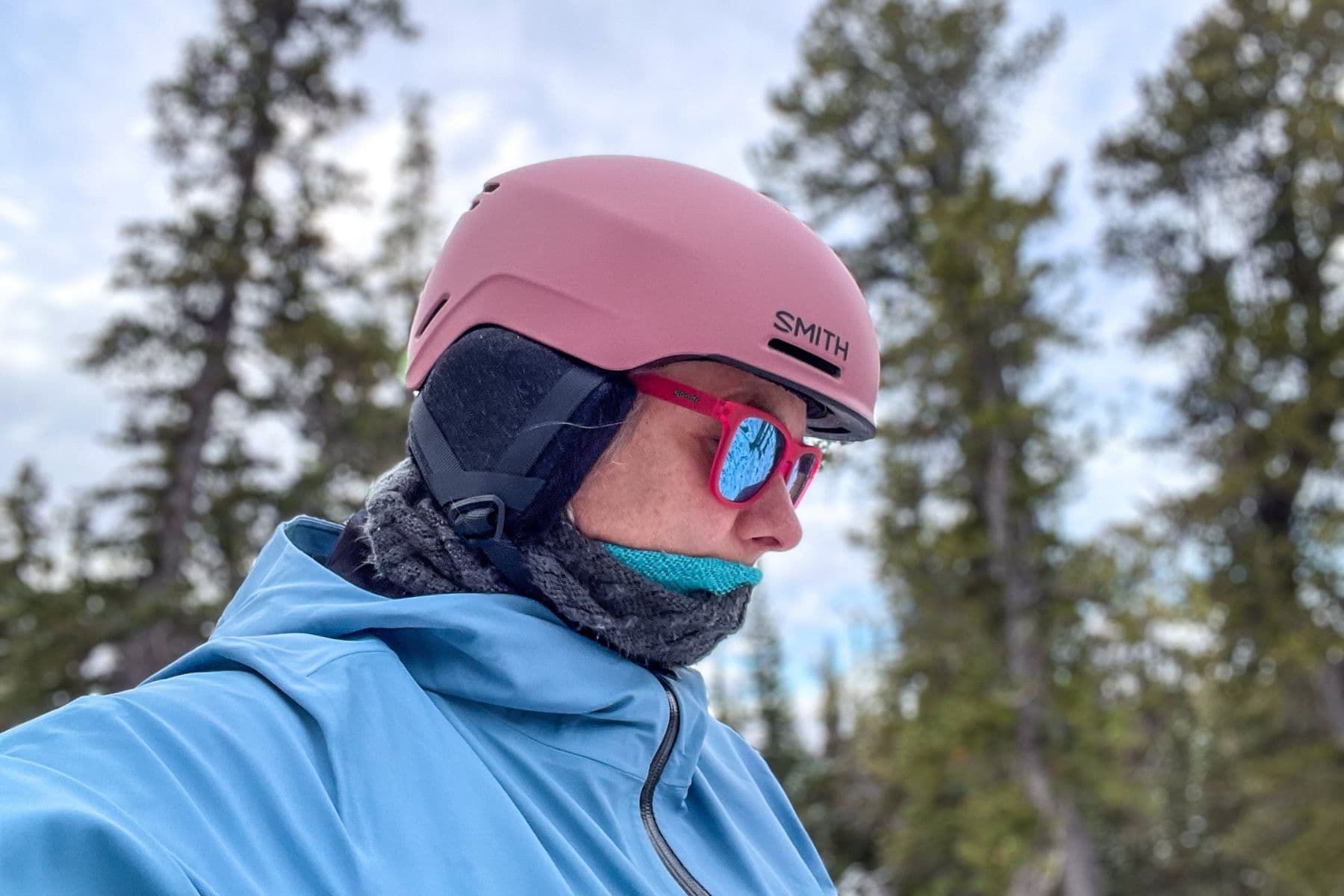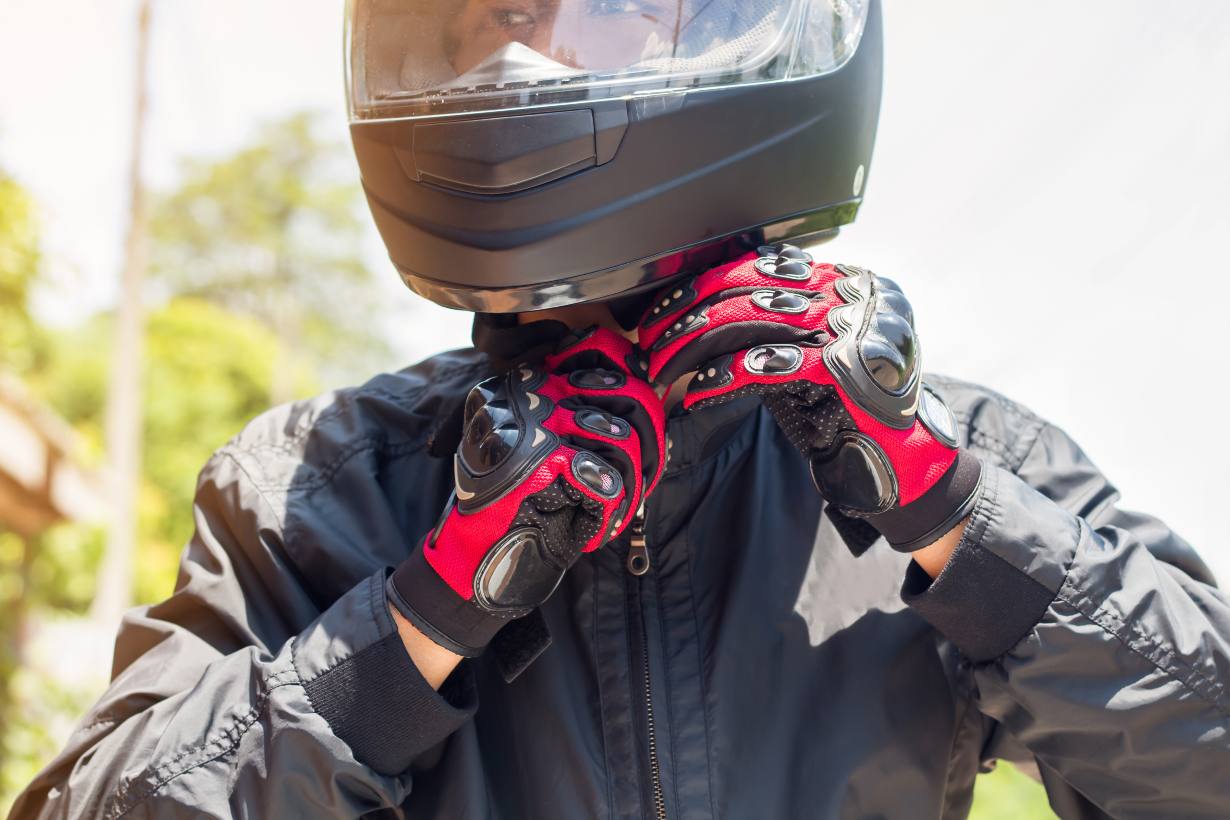Helmets are crucial for rider safety, but choosing between a budget and a premium helmet can be challenging. While both types offer basic protection, there are distinct differences in safety features, materials, comfort, and more.
In this article, we’ll break down what you get with budget and premium helmets to help you make the best choice for your needs and budget.
1. Understanding Helmet Safety Standards
- Minimum Safety Requirements: Whether budget or premium, all helmets must meet specific safety standards (e.g., DOT, ECE, SNELL) to be legally sold. These certifications ensure a basic level of protection.
- Difference in Testing and Standards: Premium helmets often exceed minimum standards and undergo additional testing for factors like impact absorption, shell strength, and rotational force resistance.
2. Features of Budget Helmets
Budget helmets are designed to be affordable, offering essential protection with fewer additional features. Here’s what you can typically expect:
Pros:
- Affordability: Budget helmets are significantly cheaper, often priced between $50 to $150, making them accessible to more riders.
- Basic Protection: They meet minimum safety standards, providing sufficient protection for casual or occasional riders.
- Lightweight Construction: Many budget helmets use polycarbonate or thermoplastic shells, which are lightweight and effective for low-speed impacts.
- Good Value for Money: Budget helmets offer good protection for their price, often ideal for riders who don’t need advanced features.
Cons:
- Lower-Quality Materials: Budget helmets usually feature polycarbonate or plastic shells, which are less durable and may wear out faster.
- Limited Comfort and Fit: Padding may be thinner or less adjustable, which can make budget helmets uncomfortable on long rides.
- Minimal Ventilation and Noise Control: Basic ventilation and noise insulation may cause discomfort, especially on longer rides.
- Limited Aesthetics and Style Options: Budget helmets often lack the sleek designs or aesthetic customizations of premium models.
Recommended Budget Helmets:
- HJC CL-17: Affordable, DOT-certified, and provides basic features without compromising safety.
- Bell Qualifier: Well-rated entry-level helmet with essential protection features and decent ventilation.
3. Features of Premium Helmets
Premium helmets are designed with advanced materials, added comfort, and superior protection features, often priced between $250 and $1,000 or more.
Pros:
- Enhanced Safety and Advanced Features: Premium helmets often include impact-resistant materials like carbon fiber and additional safety features such as multi-density EPS (Expanded Polystyrene) liners and MIPS (Multi-directional Impact Protection System).
- Superior Comfort: Premium helmets have thicker, more breathable padding and ergonomic designs that mold to the rider’s head, reducing fatigue.
- Aerodynamics and Noise Reduction: Designed to minimize wind drag and noise at high speeds, premium helmets provide a more enjoyable riding experience, especially on long or high-speed rides.
- Advanced Ventilation Systems: Better air circulation to keep riders cool, often with adjustable vents and moisture-wicking liners.
- Stylish Designs and Customization Options: Premium helmets often come with a variety of finishes, colors, and aesthetic options that can reflect the rider’s personal style.
Cons:
- High Cost: Premium helmets can be expensive, making them a significant investment, particularly for occasional riders.
- Weight: While many premium helmets use lightweight materials, some models may still be heavier due to additional protective features.
- Overkill for Casual Riders: Premium features may be unnecessary for riders who only take short, infrequent trips.
Recommended Premium Helmets:
- Shoei RF-1400: Known for its advanced safety, comfort, and quiet design, ideal for highway riding.
- AGV Pista GP RR: A high-end option with top-of-the-line aerodynamics and MIPS technology, preferred by racers and high-speed riders.
4. Key Differences Between Budget and Premium Helmets
Safety and Materials:
- Budget: Basic polycarbonate or ABS plastic shells with single-density EPS liners.
- Premium: Advanced materials like fiberglass, carbon fiber, and multi-density EPS liners that better absorb impact.
Comfort and Fit:
- Budget: Minimal padding, which may wear down quickly, making it less comfortable over time.
- Premium: Contoured padding, custom-fit options, and antimicrobial liners for comfort and durability.
Features and Technology:
- Budget: Few extra features; basic ventilation and minimal noise control.
- Premium: Advanced technologies like MIPS, Pinlock-ready visors, moisture-wicking liners, and enhanced aerodynamics for a quieter, cooler ride.
5. Who Should Choose a Budget Helmet?
- Casual or Occasional Riders: For those who only ride occasionally or at low speeds, a budget helmet may provide sufficient protection.
- New Riders on a Budget: If you’re just starting out and are unsure about the long-term commitment, a budget helmet is an affordable entry point.
- Urban Riders and Commuters: For city riding, where speeds are lower, a budget helmet can offer adequate safety without the extra cost.
6. Who Should Choose a Premium Helmet?
- Frequent or Long-Distance Riders: If you ride frequently or on long highway trips, the added comfort and reduced noise of a premium helmet are worth the investment.
- High-Speed and Adventure Riders: For riders involved in high-speed sports or adventure touring, the advanced protection features of a premium helmet provide peace of mind.
- Safety-Conscious Riders: Premium helmets are ideal for those who prioritize safety, as they typically offer better impact absorption and additional safety technologies.
7. Final Thoughts
While both budget and premium helmets offer essential protection, the right choice depends on your riding style, budget, and personal preferences.
Budget helmets provide value and basic safety, making them a solid option for casual riders.
However, for frequent riders or those in high-risk environments, investing in a premium helmet brings benefits in terms of comfort, durability, and advanced protection.
Ultimately, any helmet is better than none, but choosing one that aligns with your riding habits can enhance both your safety and your overall riding experience. Always remember to try on helmets for fit and ensure they meet at least the DOT or ECE certification for safety.








